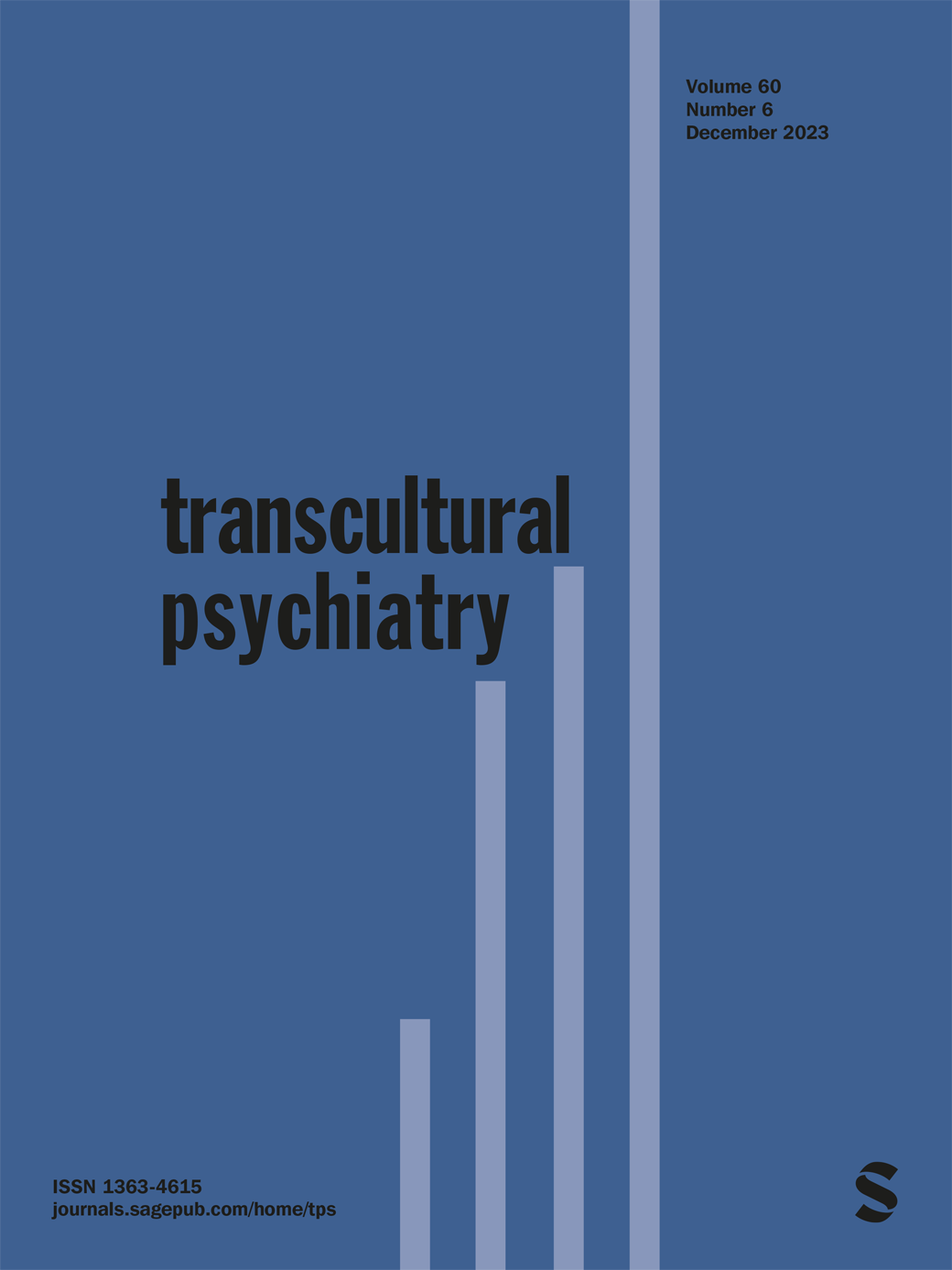
“It will always be Temporary”: A qualitative study of Syrian young adults expressing histories of collective violence and forced displacement in participatory theatre
de Smet, S., Rousseau, C., Stalpaert, C., & De Haene, L. (2024, janvier)
Transcultural Psychiatry
Vol 60/ Num. 6
VOIR LA PUBLICATION >
The Relationship between Wellbeing, Self-Determination, and Resettlement Stress for Asylum-Seeking Mothers Attending an Ecosocial Community-Based Intervention: A Mixed-Methods Study
Wu, Y. M., Kreitewolf, J., & Kronick, R. (2023, novembre)
International Journal of Environmental Research and Public Health
Vol. 20/ Num. 22
VOIR LA PUBLICATION >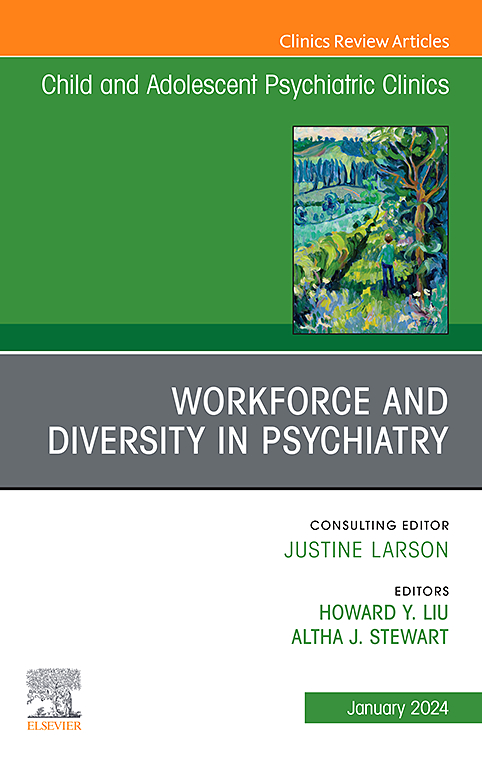
Moving Forward in Mental Health Care for Refugee, Asylum-Seeking, and Undocumented Children
Lee, K., Kronick, R., Miconi, D., & Rousseau, C. (2023, novembre)
Child and Adolescent Psychiatric Clinics of North America
Vol.32
VOIR LA PUBLICATION >
Transnationalism and caring for vulnerable-status, migrant women and their families during pregnancy and early-childhood
Merry, L., Kevork, M., & Hille, J. (2023, septembre)
Wellbeing, Space and Society
Vol. 5/article: 100170 | 8 p.
VOIR LA PUBLICATION >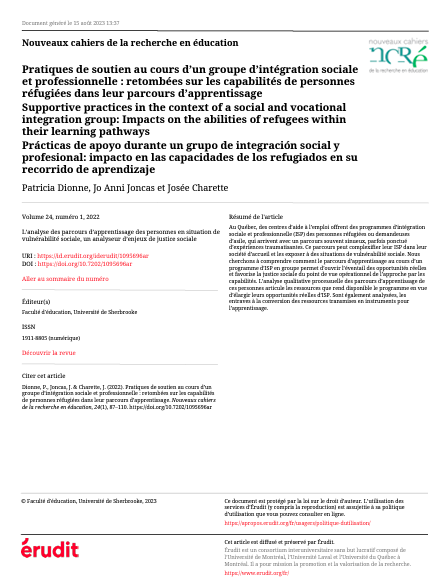
Pratiques de soutien au cours d’un groupe d’intégration sociale et professionnelle : retombées sur les capabilités de personnes réfugiées dans leur parcours d’apprentissage
Dionne, P., Joncas, J. A., & Charette, J. (2023, aout)
Faculté d'éducation, Université de Sherbrooke
Vol. 24/ num. 1, 2022 | 25 p.
VOIR LA PUBLICATION >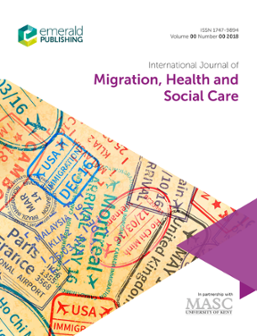
Community gardens as psychosocial interventions for refugees and migrants: a narrative review
Ramburn, T. T., Wu, Y. M., & Kronick, R. (2023, aout)
International Journal of Migration, Health and Social Care
Vol. 19/Num. 2
VOIR LA PUBLICATION >
Access to Virtual Mental Healthcare and Support for Refugee and Immigrant Groups: A Scoping Review
Hynie, M., Oda, A., Calaresu, M., Kuo, B. C., Ives, N., Jaimes, A., ... & McKenzie, K. (2023, juillet)
Journal of Immigrant and Minority Health
Springer
VOIR LA PUBLICATION >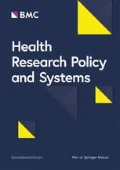
Learning from intersectoral initiatives to respond to the needs of refugees, asylum seekers, and migrants without status in the context of COVID-19 in Quebec and Ontario: a qualitative multiple case study protocol
Gautier, L., Di Ruggiero, E., Jackson, C., Bentayeb, N., Blain, M. J., Chowdhury, F., ... & Touati, N. (2023, juin)
Health Research Policy and Systems
Open Access | 13 p.
VOIR LA PUBLICATION >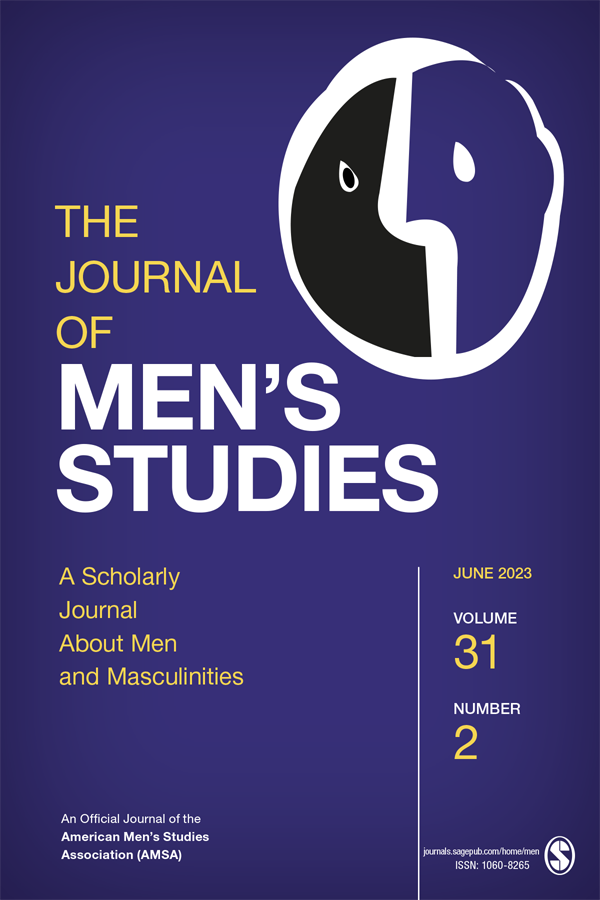
Fathering Here, Fathering There… A Phenomenological Study of the Impact of Forced Migration and Resettlement on Syrian Refugee Fathers in Canada
Al Mhamied, A., Bogossian, A., & Hanley, J. (2023, juin)
The Journal of Men’s Studies
OnlineFirst, AGE Publications | 23 p.
VOIR LA PUBLICATION >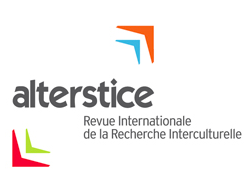
Expérience des réfugiés, demandeurs d’asile et migrants sans statut et offre de services de santé et sociaux pendant la pandémie au Québec
Gautier, L., Bentayeb, N., Cleveland J., Hanley, J., Cloos, P., Gagnon, M. et Dufour, A. (2023, avril)
Alterstice, Canada | Vol. 11, No 2 (2022)
VOIR LA PUBLICATION >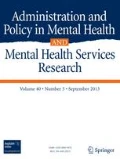
Measuring the Optimal Time Interval Between Arrival and First Mental Health Evaluation’s for Refugees in Québec: A Scoping Review
Maillet, L., Goudet, A., Godbout, I., Ntanda, G. M., Laliberté, G., Desjardins, F., ... & Manceau, L. M. (2023, mars)
Administration and Policy in Mental Health and Mental Health Services Research
Article 50 | 12 p.
VOIR LA PUBLICATION >
Migration of LGBTQI+ People: Sexual and/or Gender Minority Migrants, Refugees, and Asylum-Seekers
Lee, E. O. J., Hamila, A., Koukoui, S., Zoldan, Y., Militzer, R., Chehaitly, S., Baillargeon, C., & Sansfaçon, A. P. (2022, novembre)
Integrative Social Work Practice with Refugees, Asylum Seekers, and Other Forcibly Displaced Persons
Essential Clinical Social Work Series. Springer, Cham. | 24 p.
VOIR LA PUBLICATION >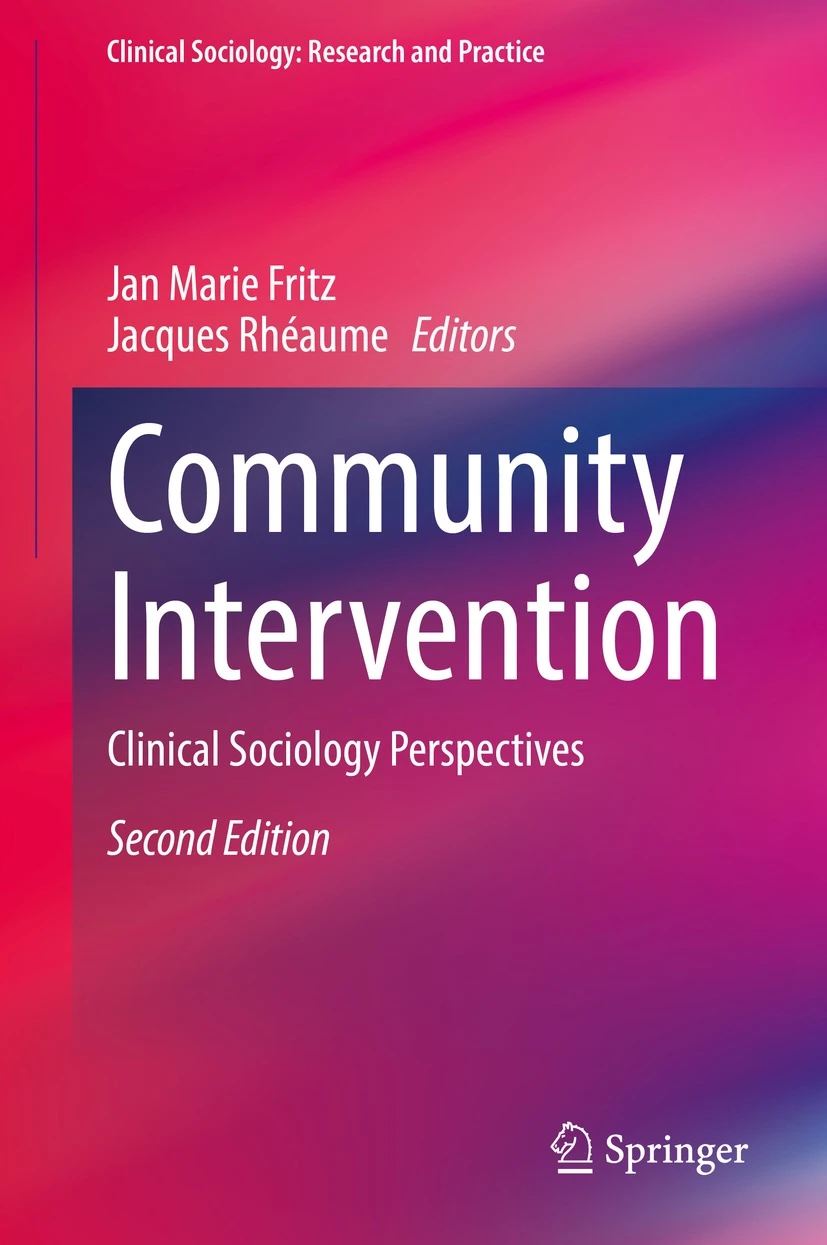
Clinical Sociology and Intercultural Praxis for Working with Migrants in the Community: A Tale of Four Projects
Montgomery, C., Xenocostas, S., & Jimenez, V. (2022, octobre)
Clinical Sociology: Research and Practice book series (CSRP)
Community Intervention pp 105–123
VOIR LA PUBLICATION >
“Making a difference” with Syrian refugee students in Lebanon: Reconstruction and theorization of teachers’ stories of practice in emergencies
Koubeissy, R., Audet, G., Papazian-Zohrabian, G. et al. (2022, octobre)
Prospects
Vol. 52/ Issue 3-4
VOIR LA PUBLICATION >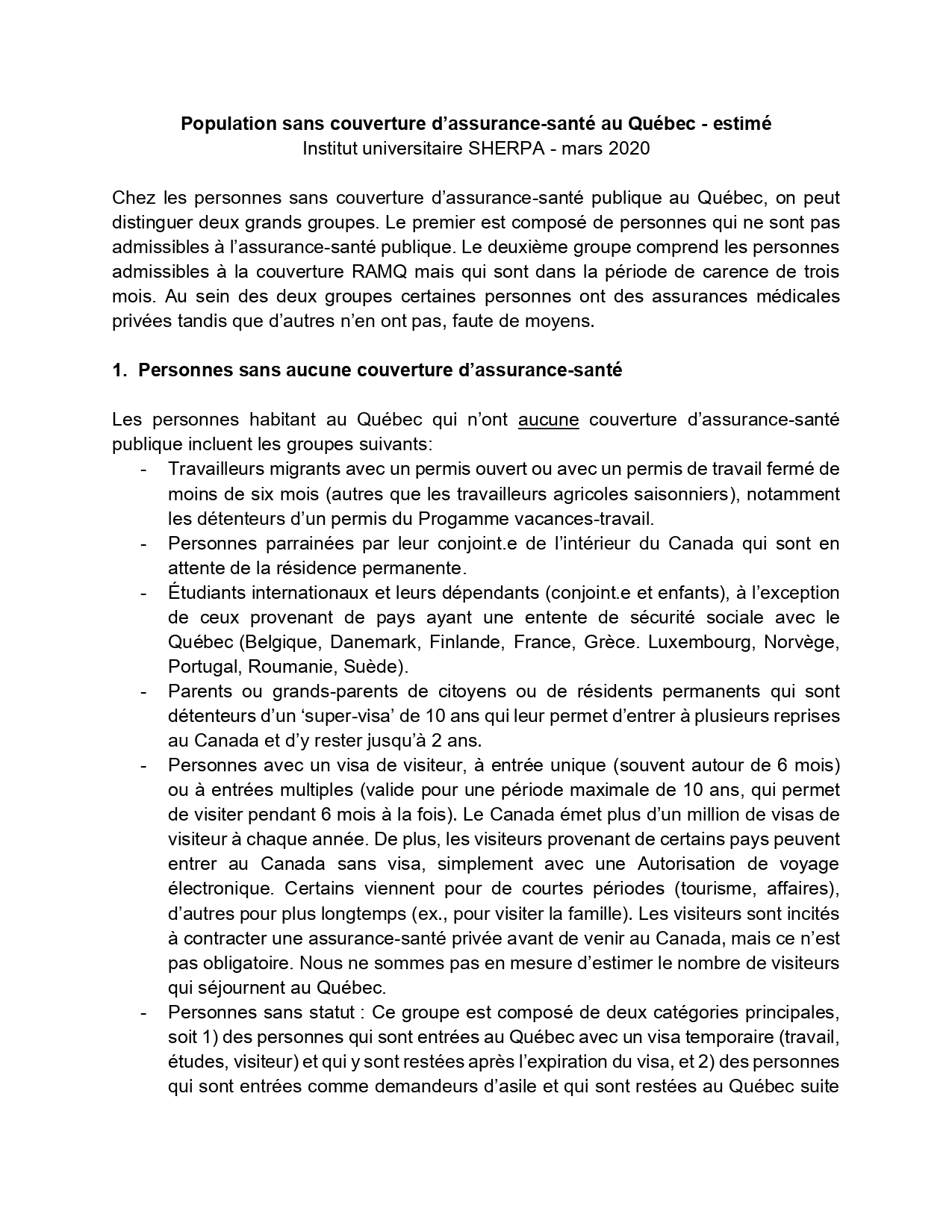
Population sans couverture d’assurance-santé au Québec – estimé
Cleveland, J.; Hanley, J. (2022)
Institut universitaire SHERPA | 6 p.
VOIR LA PUBLICATION >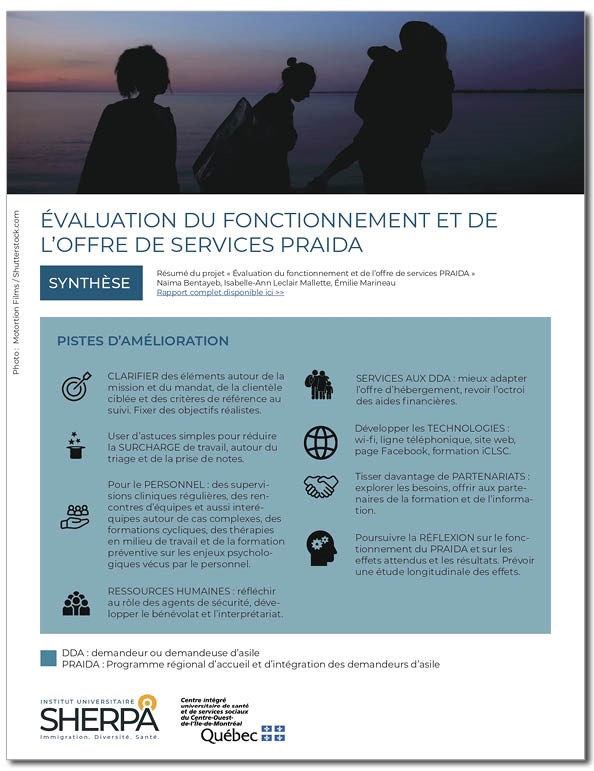
Évaluation du fonctionnement et de l’offre de services PRAIDA – synthèse
Bentayeb, N.; Leclair Mallette, I-A. et É. Marineau (2021)
Montréal : Institut universitaire SHERPA | 9 p.
VOIR LA PUBLICATION >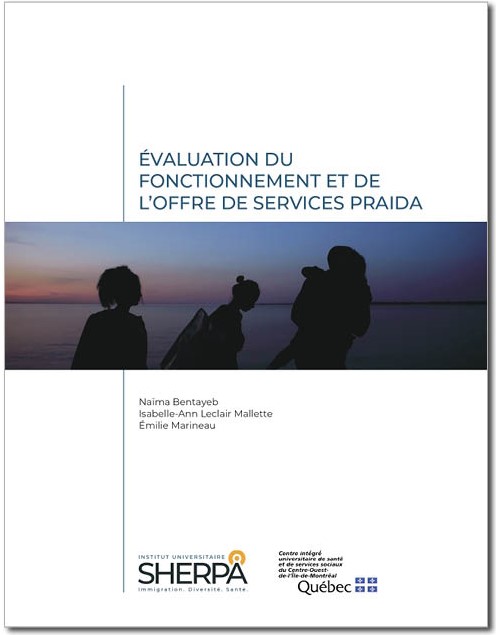
Évaluation du fonctionnement et de l’offre de services PRAIDA
Bentayeb, N.; Leclair Mallette, I-A. et É. Marineau (2021)
Montréal : Institut universitaire SHERPA | 150 p.
VOIR LA PUBLICATION >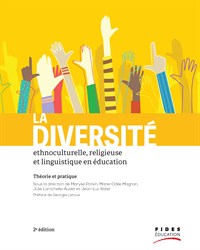
Les jeunes réfugiés et les enfants de la guerre à l’école québécoise
Papazian-Zohrabian, G. et C. Mamprin (2021)
La diversité ethnoculturelle, religieuse et linguistique en éducation : théorie et pratique. 2e édition (Maryse Potvin, Marie-Odile Magnan, Julie Larochelle-Audet et Jean-Luc Ratel dirs.)
Groupe Fides | p.273-290
VOIR LA PUBLICATION >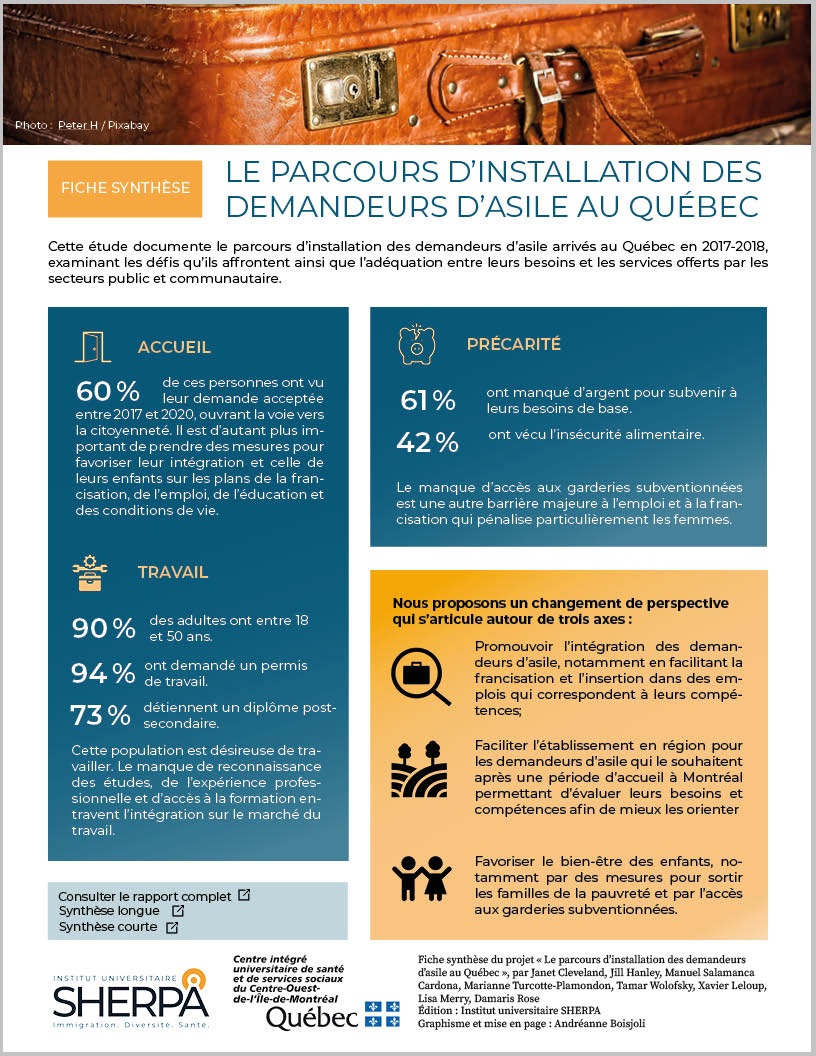
Ŀe parcours d’installation des demandeurs d’asile au Québec – fiche synthèse
Cleveland, J; Hanley, J.; Salamanca Cardona, M.; Turcotte-Plamondon, M.; Wolofsky, T.; Leloup, X.; Merry, L. et D. Rose (2021)
Montréal : Institut universitaire SHERPA | 1 p.
VOIR LA PUBLICATION >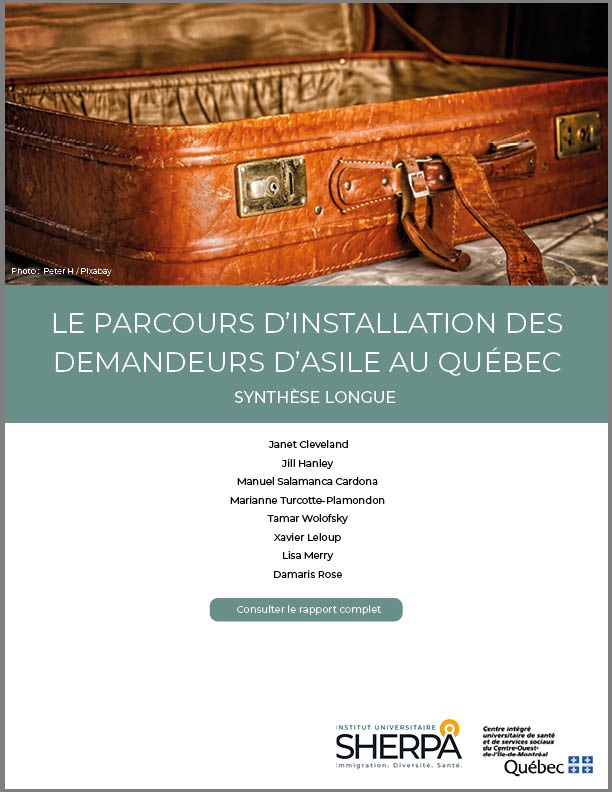
Ŀe parcours d’installation des demandeurs d’asile au Québec – synthèse longue
Cleveland, J; Hanley, J.; Salamanca Cardona, M.; Turcotte-Plamondon, M.; Wolofsky, T.; Leloup, X.; Merry, L. et D. Rose (2021)
Montréal : Institut universitaire SHERPA | 19 p.
VOIR LA PUBLICATION >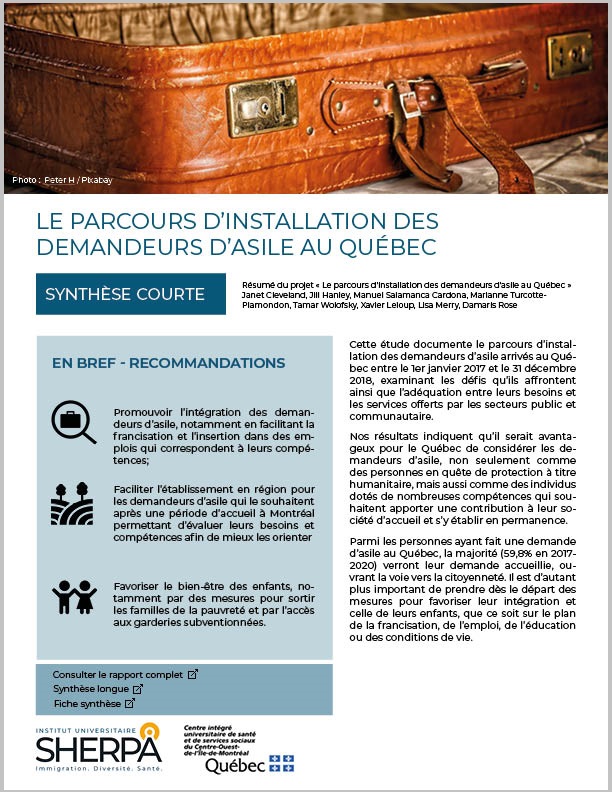
Ŀe parcours d’installation des demandeurs d’asile au Québec – synthèse courte
Cleveland, J; Hanley, J.; Salamanca Cardona, M.; Turcotte-Plamondon, M.; Wolofsky, T.; Leloup, X.; Merry, L. et D. Rose (2021)
Montréal : Institut universitaire SHERPA | 4 p.
VOIR LA PUBLICATION >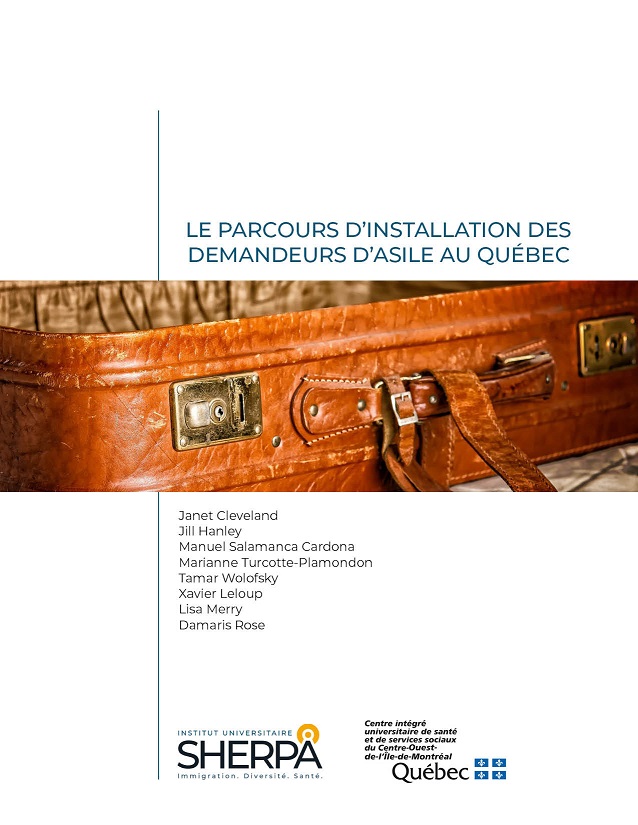
Ŀe parcours d’installation des demandeurs d’asile au Québec – rapport intégral
Cleveland, J; Hanley, J.; Salamanca Cardona, M.; Turcotte-Plamondon, M.; Wolofsky, T.; Leloup, X.; Merry, L. et D. Rose (2021)
Montréal : Institut universitaire SHERPA | 213 p.
VOIR LA PUBLICATION >
Canadian Health Personnel Attitudes Toward Refugee Claimants’ Entitlement to Health Care
Rousseau, Cécile.; Rummens, Joanna Anneke ; Frounfelker, Rochelle L.; Ruiz Casares Yebenes, Mónica et Janet Cleveland (2021)
Journal of International Migration and Integration
VOIR LA PUBLICATION >
Human Rights–based Practice in Social Work: The Case of Asylum Seekers in Canada
Chammas, Grace (2021)
Journal of Human Rights and Social Work
VOIR LA PUBLICATION >
Refugee mental health and human rights: A challenge for global mental health
Kronick, R., Jarvis, G. E., & Kirmayer, L. J. (2021)
Transcultural Psychiatry
58(2) | p. 147–156.
VOIR LA PUBLICATION >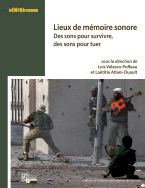
Partitions pour l’exil : la musique comme espace habitable
Bourgeois-Guérin, É., Rousseau, C., Lyke, C. (2021, mars)
Lieux de mémoire sonore: Des sons pour survivre, des sons pour tuer
Paris: Éditions de la Maison des sciences de l'homme
VOIR LA PUBLICATION >
Examining Trends of Cigarette Smoking Amongst Syrian Refugees During Their First Two Years in Canada
Oda, A., Beukeboom, C., Bridekirk, J. Bayoumi, A., Hynie, M., SyRIA.lth team (2021, février)
Journal of Immigrant Minority Health
En ligne février 2021
VOIR LA PUBLICATION >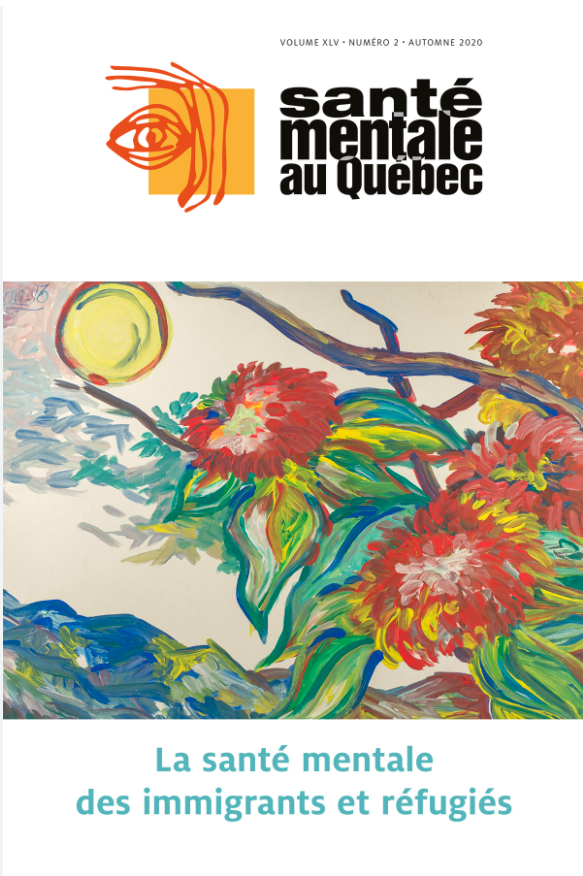
Enfant persécuteur ou enfant sauveur ? Quand trauma et migration s’amalgament à l’ambivalence de la mère dans la relation à son bébé
Mc Mahon, A., Feldman, M., Rousseau, C. & Moro, M. R. (2021, février)
Santé mentale au Québec
45 (2) | 79–95
VOIR LA PUBLICATION >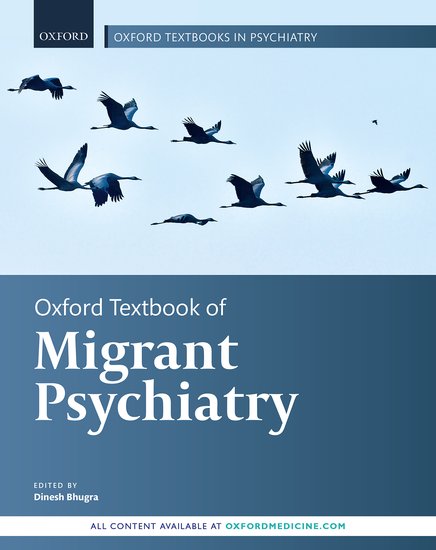
Children and vulnerable groups services
Miconi, D. et C. Rousseau (2021)
Oxford Textbook of Migrant Psychiatry (Dinesh Bhugra, dir.)
Oxford University Press
VOIR LA PUBLICATION >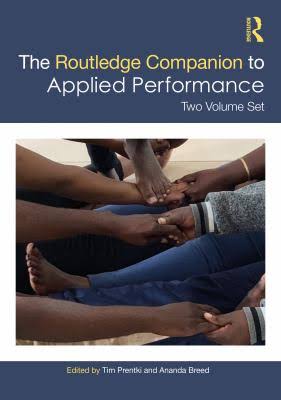
Exploring dramaturgy in participatory refugee theatre as a dialogical art practice: Dialogical tensions in a temporary relational playground
de Smet, S., Haene, L., Rousseau, C. & C. Stalpaert (2020)
The Routledge Companion to Applied Performance (T. Prentki et A. Breed dirs.)
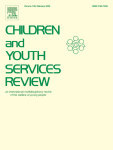
Children’s views on their migratory journey: the importance of meaning for better adaptation
Gervais, C., Côté, I., Pomerleau, A., Tardif-Grenier, K., de Montigny, C., Trottier-Cyr, R-P. (2020, novembre)
Children and Youth Services Review
VOIR LA PUBLICATION >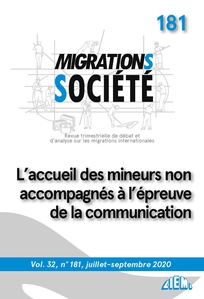
Comment favoriser la communication thérapeutique avec une population vulnérable ? Des approches et des outils pour les professionnels prenant en charge les mineurs non accompagnés
Gautier, Lara; Spagnolo, Jessica; Quesnel-Vallée, Amélie (2020)
Migrations Société
3(181) | pp. 121-134
VOIR LA PUBLICATION >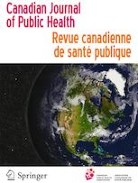
Les politiques publiques affectant négativement les familles demandeuses d’asile avec des jeunes de 0 à 5 ans au Québec
Desharnais-Préfontaine, N.; Pisanu, S.; Bellemare, A.; Merry, Lisa (2020)
Canadian Journal of Public Health
VOIR LA PUBLICATION >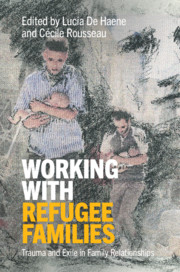
Collaborative Mental Health Care for Refugee Families in a School Context
Papazian-Zohrabian, G., Mamprin, C., Turpin-Samson, A., & Lemire, V. (2020)
Working with Refugee Families: Trauma and Exile in Family Relationships (L. De Haene & C. Rousseau (Dirs.))
Cambridge: Cambridge University Press | pp. 292-308
VOIR LA PUBLICATION >
Working with Refugee Families. Trauma and Exile in Family Relationships
De Haene, Lucia; Rousseau, Cécile (2020)
Cambridge: Cambridge University Press
VOIR LA PUBLICATION >
Refugee Mothers, Migration Pathways and HIV: A Population-Based Cohort Study
Susitha Wanigaratne, Meb Rashid, Anita Gagnon, Donald C. Cole, Yogendra Shakya, Rahim Moineddin, Jennifer Blake, Mark H. Yudin, Douglas Campbell, Joel G. Ray & Marcelo L. Urquia (2020)
Refugee mothers, migration pathways and HIV: a population-based cohort study, AIDS Care
32(1) | 30-36
VOIR LA PUBLICATION >
Mental Health of Refugee Children and Youth: Epidemiology, Interventions, and Future Directions
Rochelle L. Frounfelker, Diana Miconi, Jordan Farrar, Mohamad Adam Brooks, Cécile Rousseau, Theresa S. Betancourt (2020)
Annual Review of Public Health
41 | 159-176
VOIR LA PUBLICATION >
Creative expression workshops as Psychological First Aid (PFA) for asylum-seeking children: An exploratory study in temporary shelters in Montreal
de Freitas Girardi, Julia; Miconi, Diana; Lyke, Claire; Rousseau, Cécile (2019, décembre)
Clinical Child Psychology and Psychiatry
12 p.
VOIR LA PUBLICATION >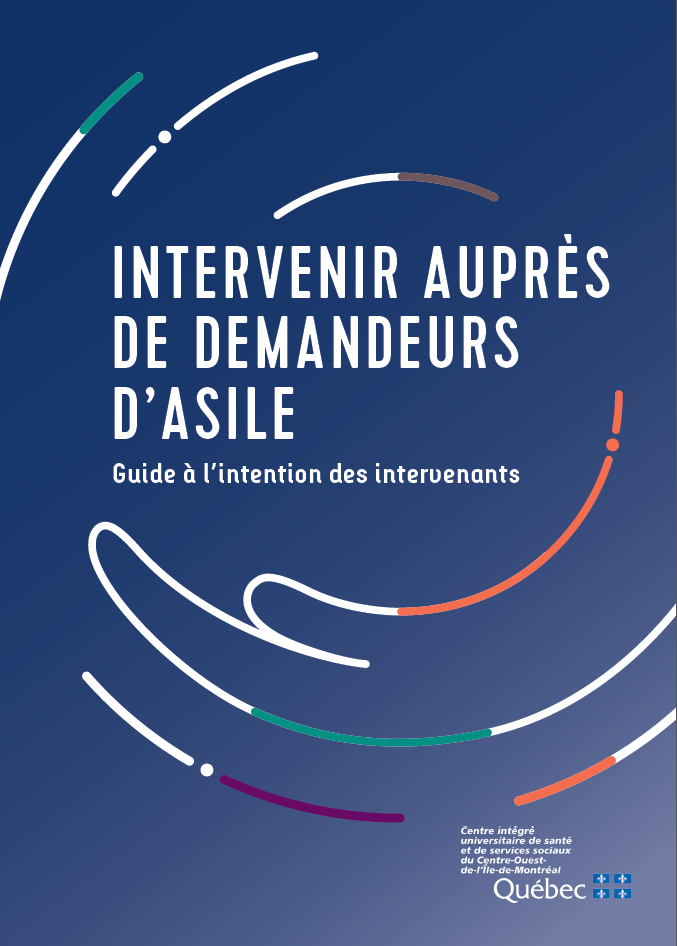
Trousse d’outils pour soutenir l’intervention auprès de demandeurs d’asile
CERDA et SHERPA (2019)
Montréal : SHERPA et CERDA
VOIR LA PUBLICATION >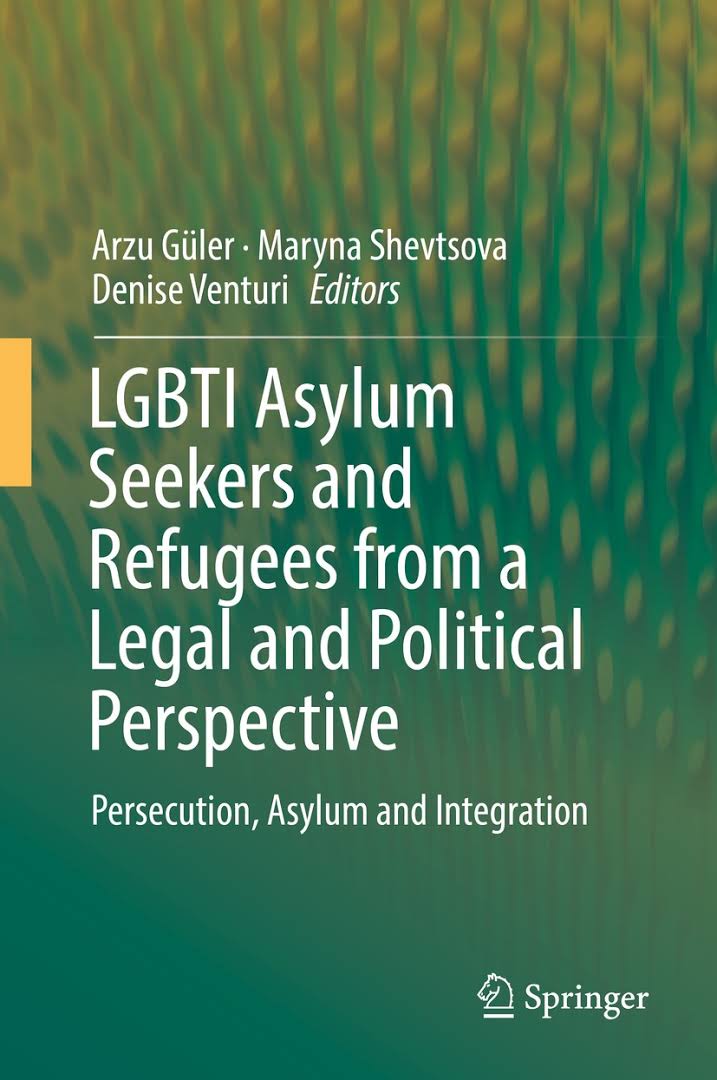
A Qualitative Exploration of the Child Abuse Experiences of Sexual and Gender Minority Refugees and Asylees in the United States and Canada
EJ. Alessi, S. Kahn, S. Chatterji, and D. Manning (2019)
LGBTI Asylum Seekers and Refugees from a Legal and Political Perspective Persecution, Asylum and Integration (A. Güler , M.Shevtsova & D. Venturi)
Springer | 31-48
VOIR LA PUBLICATION >
What Roles Does Type of Sponsorship Play in Early Integration Outcomes? Syrian Refugees Resettled in Six Canadian Cities
M. Hynie, S.McGrath, J. Bridekirk, A. Oda, N. Ives, J. Hyndman, N. Arya, YB. Shakya, J.Hanley, K. McKenzie, and SyRIA.lth (2019)
Canada’s Journal on Refugees Revue canadienne sur les réfugiés
Vol. 35, No. 2 | 36-52
VOIR LA PUBLICATION >
Exploring belonging: Experiences of refugee children and families in Camp Cosmos
N. Ives, PhD, H. Alqawasma, P. Kline, L. Morland, M. Rabiau, E. Gonzalez (2019)
Research Report Presented to Montreal City Mission
VOIR LA PUBLICATION >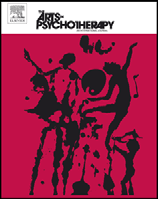
A Qualitative Analysis of Coping With Trauma and Exile in Applied Theatre With Syrian Refugees : The Role of Within-Group Interactions
S. de Smet, C. Rousseau, C. Stalpaertd et L. De Haenee (2019, aout)
The arts in psychotherapy
66 | https://doi.org/10.1016/j.aip.2019.101587
VOIR LA PUBLICATION >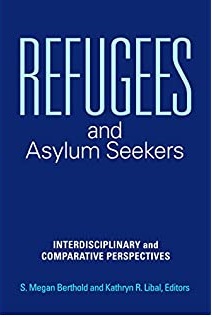
Transcultural Mental Health Services for Refugees
Measham, T., Guzder, J., Jarvis, G. E., Elias, R., Rousseau, C., Nadeau, L., & Hassan, G. (2019)
Refugees and asylum seekers. Interdisciplinary and comparative perspectives. M. Berthold & K. R. Libal (Eds.),
Santa Barbara: Praeger.

Refugee Resettlement I: Challenges for Mental Healthcare Services in Portugal
Neto, A., Costa, A. G., Machado, A. G., Conceição, D., Coutinho, C., & Rousseau, C. (2019)
Acta Médica Portuguesa
32(1) | 14-16
VOIR LA PUBLICATION >
Welcoming Refugee Children: The Role of Psychological First Aid Interventions
Rousseau, C., Miconi, D. (2019)
Psynopsis, le magazine des psychologues du Canada
40(4) | 8-9
VOIR LA PUBLICATION >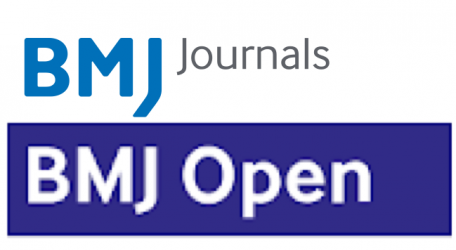
Refugee Maternal and Perinatal Health in Ontario, Canada: A Retrospective Population-Based Study
Wanigaratne, S.; Shakya, Y.; J Gagnon, A.; Cole, DC.; Rashid, M.; Blake, J.; Dastoori, P.; Moineddin, R.; , Ray, JG.; Urquia, ML. (2018)
BMJ open
8(4) | e018979
VOIR LA PUBLICATION >
Le milieu scolaire face aux défis de l’accueil des élèves réfugiés: quels enjeux pour la gouvernance scolaire et la formation des intervenants
Papazian-Zohrabian, G.; Mamprin, C.; Lemire, V.; Turpin-Samson, A.; Hassan, G.; Rousseau, C.; Aoun, R. (2018)
Éducation et francophonie
46 | 208-229
VOIR LA PUBLICATION >‘Behind every stone awaits an Alexander’: unravelling the limits of participation within micro and macro dramaturgy of participatory refugee theatre
de Smet, S.; De Haene, L.; Rousseau, C.; Stalpaert, C. (2018)
Research in Drama Education: The Journal of Applied Theatre and Performance
23(2) | 242-258
Stories of trauma in family therapy with refugees: Supporting safe relational spaces of narration and silence
De Haene, L,; Rousseau, C,; Kevers, R.; Deruddere, N.; Rober, P. (2018)
Clinical child psychology and psychiatry
23(2) | 258-278
